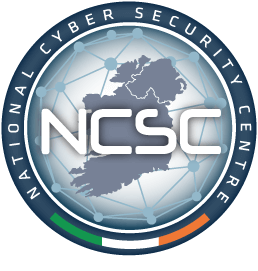The state of Cyber Security in the Education Sector.
March 23 2023
The state of cyber security is one of heightened concern due to the increasing frequency and the severity of cyber-attacks globally. Cyber-attacks can happen at any time and affect any individual or organization that uses the internet and stores or processes data electronically. With the proliferation of internet-connected devices and the growing reliance on technology in all aspects of modern life, the attack surface for cyber criminals has expanded significantly. The field of cybersecurity is constantly evolving as security professionals work to stay ahead of emerging threats and develop new technologies and strategies to protect against them. However, the ongoing struggle to stay one step ahead of cyber criminals means that cybersecurity must remain a top priority for all individuals and organizations. Now a top priority organizations need to take the next steps to ensure data they are trusted with is safe. In the latest Institute of Directors (IoD) in Ireland research reveal that just 44% of directors have a cyber security training plan in place for their primary board.
The education sector in Ireland faces unique cybersecurity risks due to the large amount of sensitive information that it holds, such as student and staff personal data, financial information, and research and development data. Cyber attackers may target these institutions to gain access to this information for financial gain, identity theft, or espionage. Many educational institutions offer online learning and remote work, which has created new vulnerabilities and attack surfaces. For example, cyber attackers may exploit weaknesses in remote access infrastructure or conduct phishing attacks which have become an increasing risk in recent years to gain access to institutional networks. To address these risks, educational institutions must prioritise cybersecurity training and awareness among staff and students, implement robust cybersecurity policies and procedures, and invest in up-to-date security technologies and infrastructure. Failure to do so may result in significant reputational, financial, and legal consequences.

With the world moving towards increased automation and artificial intelligence, the security threats posed by technology such as Open AI which are at the forefront of technological advancements. The potential cybersecurity risks need to be assessed. Ultimately, the advancements in Open AI, like any other technology, should be approached with caution and a focus on responsible use to minimize any potential security risks. The technology can be used to create more sophisticated cyber-attacks, such as automated phishing attacks, deepfakes, and more convincing social engineering attacks.
It is important for educational institutions to be aware of these potential threats and to take the appropriate steps to protect them by implementing strong security measures, multi-factor authentication, training staff and students on identifying and reporting suspicious activity, and regularly assessing and updating their cybersecurity infrastructure. These are all ways that institutions can better ensure the safety of staff and students inline and the mass amounts of data and personal data that institutions hold. With all of the information they contain they are a big target.
- The National Cyber Security Centre (NCSC) provides a list of 14 government documents that all contain guidelines to be followed when it comes to cyber security. These documents focus on specific situations to give the best advice for you and cover a broader area as cyber crimes are an ever growing problem.
- The site contains documents such as a quick guide on Phishing something everybody should be aware of whether it be employee or student etc., working from home security advice and 12 steps to cyber security for business.

